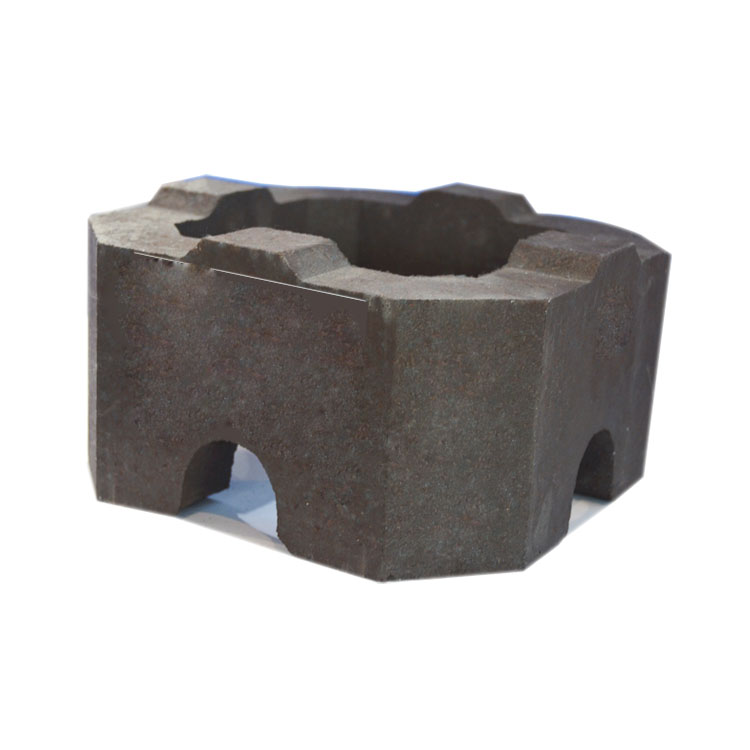
In the steel industry, the selection of refractory materials for furnaces operating under rapid temperature change conditions is crucial. This article delves into the application of andalusite refractory bricks as a superior alternative to high - alumina bricks in such scenarios, providing scientific basis for steel enterprises to make informed decisions.
High - alumina bricks have long been used in steel furnaces. However, they encounter significant challenges in rapid temperature change environments. Thermal shock damage is a major issue. When the furnace experiences rapid temperature fluctuations, high - alumina bricks are prone to cracking and spalling, which not only shortens the lining life but also increases maintenance costs. According to industry statistics, in some steel plants, high - alumina brick linings need to be replaced every 3 - 6 months, resulting in high downtime and replacement expenses.

To better understand the advantages of andalusite refractory bricks, a detailed comparison with high - alumina bricks in terms of key performance indicators is necessary.
| Performance Indicator | High - Alumina Bricks | Andalusite Refractory Bricks |
|---|---|---|
| Cold Crushing Strength (MPa) | 80 - 120 | 120 - 150 |
| Thermal Shock Resistance (cycles) | 10 - 15 | 20 - 30 |
| Load Softening Temperature (°C) | 1400 - 1500 | 1550 - 1650 |
| Creep Resistance (deformation rate at 1400°C for 50h) | 2% - 3% | 0.5% - 1% |
From the above table, it is clear that andalusite refractory bricks outperform high - alumina bricks in cold strength, thermal stability, and creep resistance. Their higher cold crushing strength ensures better structural integrity, while the superior thermal shock resistance allows them to withstand more rapid temperature changes without significant damage. The higher load softening temperature and lower creep rate also contribute to a longer service life in high - temperature and high - stress environments.
Let's take a look at some real - world examples. A large - scale steel plant in the United States replaced high - alumina bricks with andalusite refractory bricks in one of its furnaces. Before the replacement, the furnace lining needed to be repaired every 4 months due to thermal shock damage. After using andalusite refractory bricks, the lining life was extended to 12 months, and the maintenance frequency was significantly reduced. This not only saved the cost of brick replacement but also increased the furnace's operating time, resulting in a 15% increase in annual production.

The excellent performance of andalusite refractory bricks lies in their unique crystal structure. Andalusite has a relatively stable crystal lattice, which can effectively absorb and disperse thermal stress during temperature changes. When the temperature rises, the crystal structure of andalusite undergoes a phase transition, but this transition is gradual and controlled, which helps to maintain the integrity of the brick. This is in contrast to high - alumina bricks, whose crystal structures are more likely to be disrupted by rapid temperature changes.
In conclusion, andalusite refractory bricks offer significant advantages over high - alumina bricks in steel furnaces operating under rapid temperature change conditions. They can effectively extend the furnace lining life, reduce maintenance frequency, and improve overall furnace efficiency. For steel enterprises aiming to achieve energy conservation, cost reduction, and maximum production benefits, andalusite refractory bricks are a worthy choice.
If you want to learn more about the selection of refractory materials for steel furnaces, click here to get the "White Paper on the Selection of Refractory Materials for Steel Furnaces".


